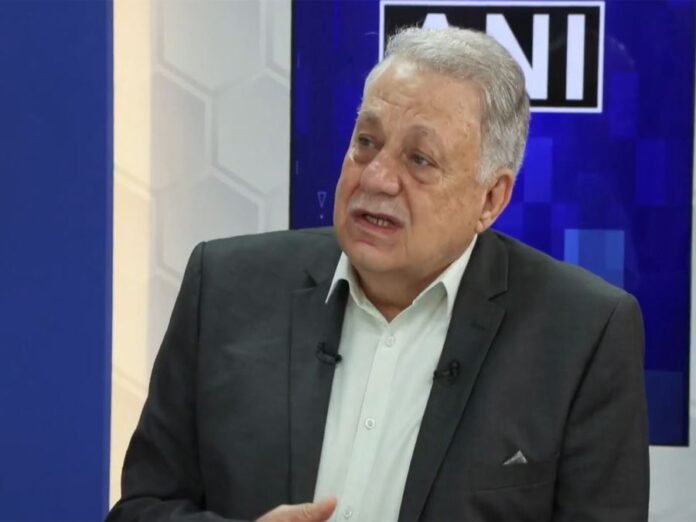West Asia strategist Waiel Awwad said on Friday that the tension between Pakistan and Afghanistan is set to grow in the next few days. He pointed to the recent expulsion of Afghan nationals from Pakistan, the growing influence of the China‑Pakistan Economic Corridor (CPEC), and wider geopolitical shifts in the region.
Awwad told that the current flare‑up could temporarily favor India but is unlikely to bring lasting benefits for Pakistan. He explained that Pakistan’s move to push Afghan people out has escalated hostilities, and that the CPEC—linking China, Pakistan, and Afghanistan—has pulled the region into a deeper conflict involving many invested countries.
He added that the crisis is not only about Afghanistan. The corridor also connects the Commonwealth of Independent States (CIS)—countries rich in oil and gas—to the global market. This makes the area even more attractive to investors, but also a flashpoint for tension.
Awwad also highlighted Pakistan’s strategic mindset. “Pakistan feels the pressure and sees itself as a key player in West Asian politics,” he said. He noted that after a recent operation, many Americans appear to be trying to appease Pakistani interests, which changes Pakistan’s calculations.
On military issues, the strategist pointed out that Pakistan’s focus on neutralising India’s nuclear power and ballistic missile capabilities remains a priority. Yet, with funding from China and Gulf countries, Pakistan may feel it can rebuild its industry or military. Awwad cautions that these gains may not hold in the long run.
In short, tensions between Pakistan and Afghanistan are set to rise in the coming days, and while India may see a short‑term advantage, Pakistan’s future position looks uncertain amid the complex web of regional politics and economic projects.
Source: aninews
Stay informed on all the latest news, real-time breaking news updates, and follow all the important headlines in world News on Latest NewsX. Follow us on social media Facebook, Twitter(X), Gettr and subscribe our Youtube Channel.



